BLOG / Behind the Scenes
BTS Behind the Scenes: Meet Erich Izdepski, SVP for IR&D
BTS Behind the Scenes is a chance to showcase the people who are making things happen behind the scenes at BTS so our teams can do their best work on the front lines. In today’s feature you’ll get to know SVP for IR&D, Erich Izdepski, and get a window into his world of synth-building, tech-trends, and the incredible value of hobbies as part of one’s professional development.
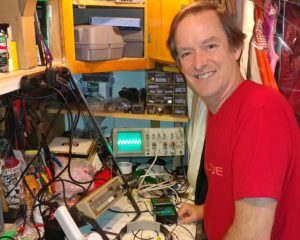 You’re a Passionate Electronics Hobbyist and Advocate. Tell us About That
You’re a Passionate Electronics Hobbyist and Advocate. Tell us About That
I am a big electronics hobbyist and have my own workshop at my house where I repair, tinker, and tweak vintage synthesizers. I also write on Medium about technology, code, etc., as well as my personal blog that covers everything from cyberpunk to synth boards. For me, this “hobby” is just an expression of my interests and a way for me to continue learning, exploring, and becoming better all around. This helps me in my role at BTS, as well as in all areas of life. I think everyone should have a hobby like that… whatever they call it.
You Ask About People’s Hobbies when they Interview, right?
When I interview people, I always want to know what their hobbies are. I want to know what makes them tick outside of their work interests. My general feeling is that if your work and your hobbies are aligned and somehow complementary then you’re going to be better at what you do. You’ll be generally deeper in it and not just at your “job” for 8 hours. In fact, you’ll be spending more time at home doing something related to your job which helps you learn more. And at a start-up you never know what you may be called on to do. Technically oriented hobbies can turn out to be very useful. It also shows me that they have intellectual curiosity that I can leverage or unleash, and that they’re learners. To me, this is a good determinate about an employee.
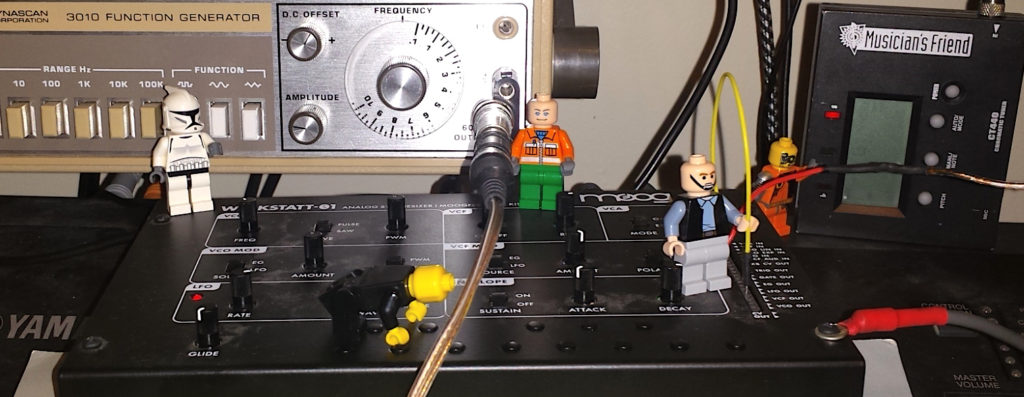
What’s the Most Rewarding Part of Your Role?
I have a lot of freedom that gives me opportunity to create. Ultimately, software, and why I write software, is a creative process. You’re starting with nothing and all of a sudden, you’re creating something. I may not be writing the software anymore but I’m creating and designing systems that other people build and we work on. That’s both in and outside of the company. When we team up on a proposal that involves me writing the “here’s how I would solve this problem” approach, I research, explore solutions, and try to improve upon it. That’s a very rewarding day-to-day for me.
What Emerging Technology Has you Excited?
Desktop AI. We all have our software suites that we run but what I’m asking is, “Where is my AI component for Office that helps improve my productivity?” And I don’t mean analytics without any context. Desktop analytics can tell me what I do with my time but not what it means. I can still write something in Word and get it spell checked but what if the sentence is technically correct, but the takeaway meaning is off? How come my email doesn’t tell me that the tone of my email is wrong? Why doesn’t it give me a tip to improve it? IBM has a tone analyzer for example but how come this tech isn’t part of my email to keep me from looking like an idiot? That’s interesting to me.
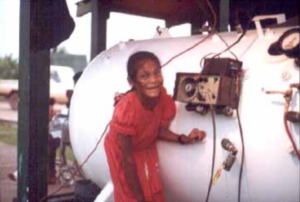
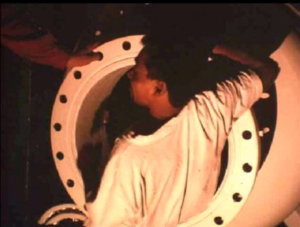 Tell us an Interesting Story Where you Got to Make a Huge Impact
Tell us an Interesting Story Where you Got to Make a Huge Impact
Besides being a Navy Veteran, I also spent over 10 years involved with an organization called Sub Ocean Safety. The mission was focused on helping bring education and aid to lobster divers on the Miskito Coast- the Caribbean coasts of Nicaragua and Honduras, and to train locals to help run a sustainable program. The divers go deep on scuba without pressure gauges, watches, or any knowledge of dive tables. When it gets hard to breath, they just come up quick, grab another tank of air, and go back to hunting lobster. These men get hurt and with no real medical care available, had a short life after becoming paralyzed. A common belief was that The Bends was caused by demons, and naturally, they sought a “cure” from witch doctors. These beliefs undermine the fact that training and proper equipment could help reduce injury rates, but that would eat into the bottom line for the boat captains. The divers were treated as a disposable commodity since there was always another young man ready to go out on a boat.
Until 1997, there was no hyperbaric chamber in Nicaragua, or anyone trained to use one. Sub Ocean Safety changed that. I was part of a team that installed a 48” monoplace chamber in Puerto Cabezas, Nicaragua. The first night the chamber was operational we had a patient to treat… word had traveled quickly! A young man had lost the use of one leg in a dive accident. We gave him a chamber treatment where I rode along as the safety monitor to help keep him calm and ensure he did not have an oxygen toxicity reaction. We installed the chamber at the hospital/clinic and worked with the local doctor to train him on chamber operation. We also traveled to nearby, but very remote villages, and spoke to groups of divers about the dangers they faced.
While the cause of the injuries leading to paralysis differ, the outcome and treatment is similar. My lifelong interest in computer science and the last 5 years working on various projects in bio/tech have put me in the right spot to be able to help with these types of problems.
Tesla Cybertruck. Thoughts?
All I can think is that it’s a canvas. I’m not sure guys wearing Budweiser shirts and flannels are going to be driving them.
Follow Erich on Medium here: https://medium.com/@mogrifier
Check out Erich’s Blog here: https://erichizdepski.wordpress.com/
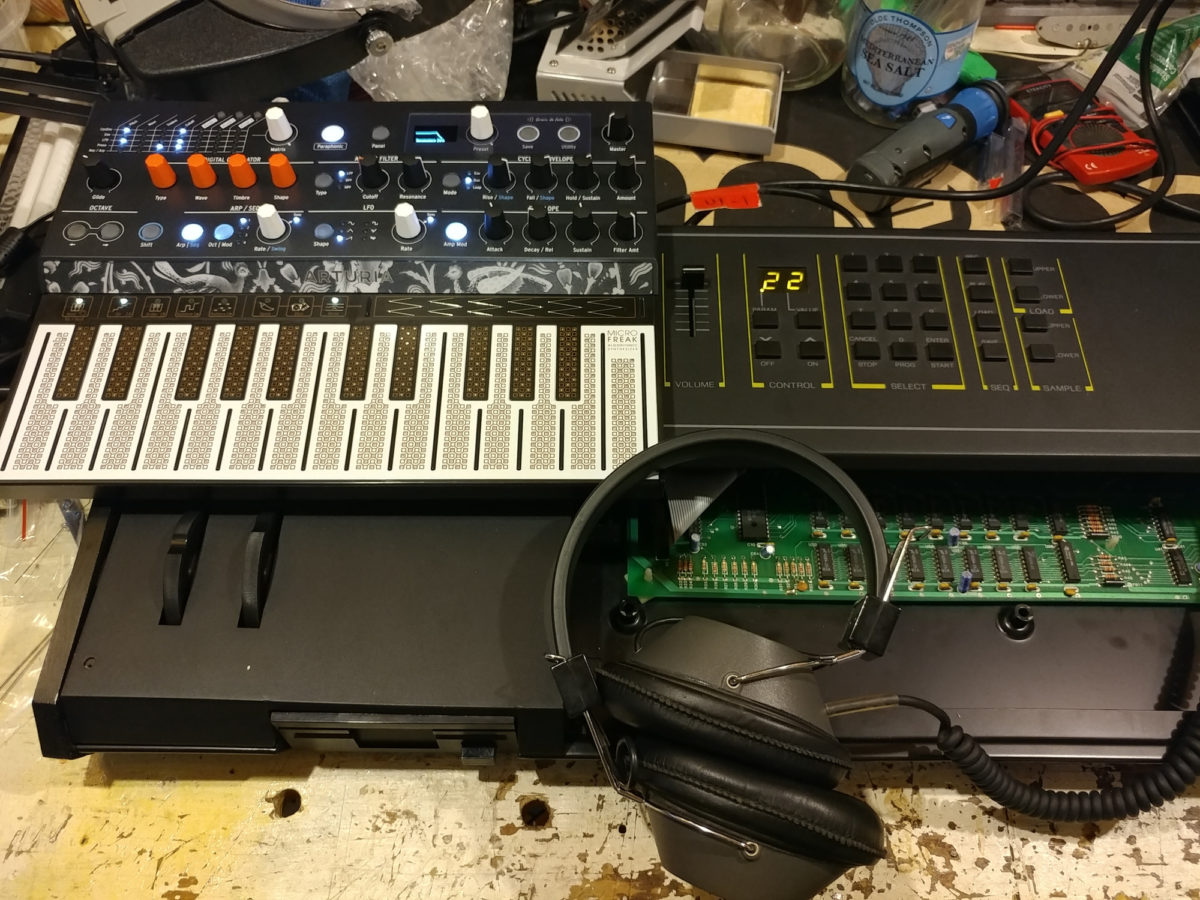
Tags: Erich Izdepski, features, staff
Contact BTS to explore solutions for your intelligence or defense challenges.